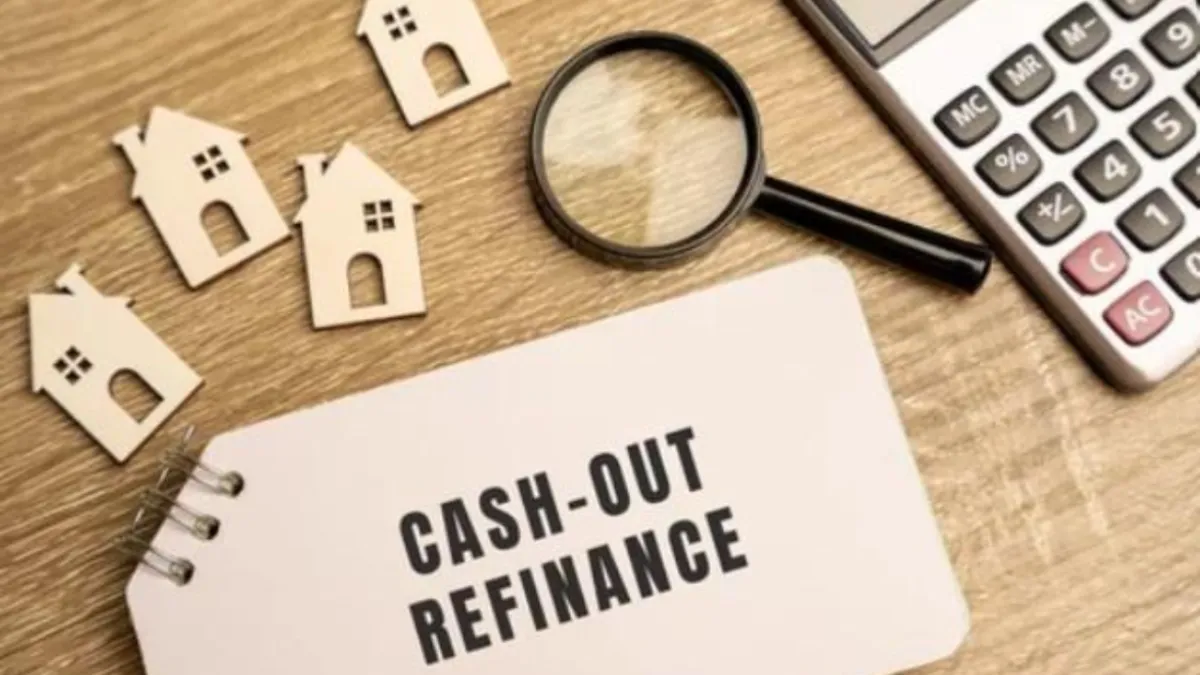

Financing Your Reverse 1031 Exchange: A Complete Guide

If you're a property owner looking to upgrade your investment while deferring taxes, you've probably heard of 1031 exchanges. But what happens when you find the perfect replacement property before selling your current one? Enter the Reverse 1031 Exchange – a powerful but complex strategy that requires careful financial planning.
What is a Reverse 1031 Exchange?
A Reverse 1031 Exchange flips the traditional process on its head. Instead of selling your current property first and then purchasing a replacement, you acquire the new property before selling the old one.
This approach is particularly valuable in:
Hot markets where properties sell quickly
Avoiding the pressure of the 45-day identification window
The process requires a Qualified Intermediary (QI) who temporarily holds title to either the new or the existing property while both transactions are completed within a 180-day window.
Why Financing Matters More in Reverse Exchanges ?
Reverse exchanges present unique financing challenges because you're essentially carrying two properties
simultaneously. Unlike a traditional exchange where the sale proceeds help fund the purchase, a reverse exchange requires you to finance the acquisition upfront before receiving proceeds from your sale.
This creates a temporary period where you need significantly more capital – often double what you'd
normally require. Understanding your financing options is crucial to making the exchange work without derailing your financial plans.

Financing Options for Reverse 1031 Exchanges

1. Bridge Loans
(Short-Term Financing)
Bridge loans are the most common financing solution for reverse exchanges. These short-term loans, typically lasting 6-12 months, provide the capital needed to purchase your replacement property while you market and sell your existing property.
Advantages
Quick approval and funding (often within 2-4 weeks)
Interest-only payments during the loan term
Flexible underwriting compared to traditional mortgages
Considerations
Higher interest rates (typically 2-5% above prime)
Shorter repayment terms create urgency to sell
May require personal guarantees or additional collateral

2. Portfolio Lender Financing
Some banks and credit unions offer specialized
financing for real estate investors through their
portfolio lending divisions. These lenders keep loans
on their books rather than selling them to secondary
markets, allowing for more flexible terms.
Advantages
Potentially lower rates than bridge loans
Longer terms available
Relationship-based lending approach
Considerations
Requires strong credit and substantial assets
Limited availability – not all lenders offer this
May require existing banking relationships

3. Hard Money Loans
Hard money lenders specialize in asset-based lending
and can provide quick financing for reverse
exchanges. These loans are secured primarily by the
property value rather than borrower creditworthiness.
Advantages
Very fast approval and funding
Less stringent credit requirements
Focuses on property value over income
documentation
Considerations
Highest interest rates (often 8-15%)
Significant origination fees
Shortest loan terms (typically 6-12 months)

4. Cash-Out Refinancing
If you have substantial equity in other properties, you
might consider cash-out refinancing to generate the
funds needed for your reverse exchange.
Advantages
Lower interest rates than short-term options
Longer repayment terms
Uses existing property equity
Considerations
Longer approval process may not meet exchange
timelines
Increases leverage on existing properties
May require significant equity positions

5. Private Lending and Partnerships
Hard money lenders specialize in asset-based lending
and can provide quick financing for reverse
exchanges. These loans are secured primarily by the
property value rather than borrower creditworthiness.
Advantages
Potentially flexible terms
Faster than institutional lending
May offer creative structuring options
Considerations
Personal relationships at risk if deals go poorly
May lack professional servicing and documentation
Potential tax and legal complications
Key Financial Considerations
Carrying Costs
During a reverse exchange, you'll face doubled carrying costs including:
Property taxes on both properties
Insurance premiums
Maintenance and utilities
Loan payments or interest charges
Qualification Requirements
Most lenders will require:
Strong credit scores (typically 700+)
Substantial liquid assets for down payments and reserves
Proven real estate investment experience
Low debt-to-income ratios
Detailed exit strategy for completing the exchange
\
Timing Pressures
The 180-day exchange deadline creates significant pressure to sell your original
property. Price your property competitively from the start, as holding out for top
dollar could jeopardize the entire exchange if you run out of time.
Steps to Secure Financing

1. PLAN EARLY
Start exploring financing options before
you identify your replacement property.
Having pre-approval letters can make
your offers more competitive.

2. SHOP MULTIPLE
LENDERS
Compare terms from bridge lenders,
portfolio lenders, and hard money
sources. Even small differences in rates
and fees can significantly impact your
costs.

3. PREPARE
DOCUMENTATION
Gather financial statements, tax returns,
property information, and investment
experience documentation before
applying.

4. COORDINATE WITH
YOUR TEAM
Ensure your qualified intermediary,
attorney, accountant, and lender all
understand the reverse exchange timeline
and requirements.

Common Pitfalls to Avoid!
Insufficient Reserves: Don't spend all available cash on the down payment. Maintain substantial reserves for carrying costs and unexpected expenses.
Overoptimistic Sale Timelines: Market your original property aggressively and price it realistically. A property that doesn't sell quickly can derail the entire exchange.
Inadequate Due Diligence: Don't rush the replacement property purchase. Thorough inspections and analysis remain critical even under time pressure.
Ignoring Exit Strategies: Have backup plans if your original property doesn't sell within the exchange period, including the ability to complete the financing permanently if needed.
Successfully financing a reverse 1031 exchange requires understanding your options, planning ahead, and working with experienced professionals. While the additional complexity and costs can be significant, the ability to secure prime replacement properties while deferring capital gains taxes makes reverse exchanges valuable tools for serious real estate investors. Remember that every situation is unique, and what works for one investor may not be appropriate for another. Consult with qualified tax advisors, attorneys, and financial professionals to determine if a reverse 1031 exchange aligns with your investment goals and financial capabilities.

Reverse 1031 exchanges can be powerful tools for building wealth while deferring taxes, but they require significant capital and careful planning. The financing costs and complexity mean they work best for investors with substantial resources and experience. Before proceeding, carefully analyze whether the benefits of acquiring your preferred replacement property justify the additional costs and risks. Consider working with experienced professionals who understand both the tax implications and financing requirements of reverse exchanges.

The Xpert Company NMLS # is 2179191
Corp NMLS#459512 / NMLS#256864
Office: 5776 Stoneridge Mall Road, Suite 280
Pleasanton, CA 94588
Copyright © 2025 | Preferred Mortgage Partners
Licensed In: CA, NV, OR & WA
CONTACT INFO

